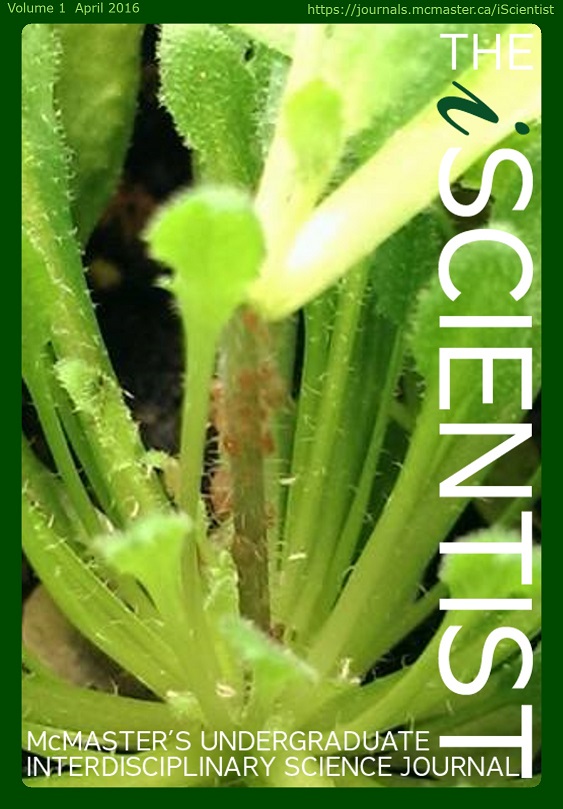A Mathematical Model of Circumstellar and Circumplanetary Habitable Zones Accounting for Multiple Heat Sources
Keywords:
mathematical model, habitable zones, tidal heating, astrobiology, exoplanets, exomoons, Maple, visualizationAbstract
The habitable zone is the range of orbital radii at which a celestial body’s temperature is conducive to liquid water. It is influenced by factors including stellar radiation and tidal heating. The ability to predict exoplanetary habitability can improve understanding of the range of orbital parameters that may allow life to develop and survive.
I combine elements of mathematical models developed in the literature to determine energy contributions by stellar radiation and tidal heating, producing a Maple 18 model accounting for both circumstellar and circumplanetary habitability. Using input star, planet, and moon properties, the model outputs calculated temperatures for both the planet and moon, as well as coloured maps representing the habitable zone.
Using this model, I assess the effect on the habitable zone when tidal heating is considered in addition to stellar radiation, giving a better understanding of how these factors influence habitability. Specifically, tidal heating may pushes both edges of the habitable zone outward, but whether the habitable zone size changes is unclear. Additionally, it is expected that accounting for the circumplanetary habitable zone will expand the overall habitable zone.
By synthesizing a single model from existing literature models, a more accurate prediction of exoplanetary system habitability may be obtained, allowing scientists to better determine which exoplanets are more likely to have life and target these for further study. The model is therefore applied to existing exoplanet data to demonstrate this application of the model in predicting exoplanet and exomoon temperatures.
Downloads
Published
Issue
Section
License
Authors who publish with this journal agree to the following terms:- Authors retain copyright and grant the journal right of first publication with the work simultaneously licensed under a Creative Commons Attribution License that allows others to share the work with an acknowledgement of the work's authorship and initial publication in this journal.
- Authors are able to enter into separate, additional contractual arrangements for the non-exclusive distribution of the journal's published version of the work (e.g., post it to an institutional repository or publish it in a book), with an acknowledgement of its initial publication in this journal.
- Authors are permitted and encouraged to post their work online (e.g., in institutional repositories or on their website) prior to and during the submission process, as it can lead to productive exchanges, as well as earlier and greater citation of published work (See The Effect of Open Access).


